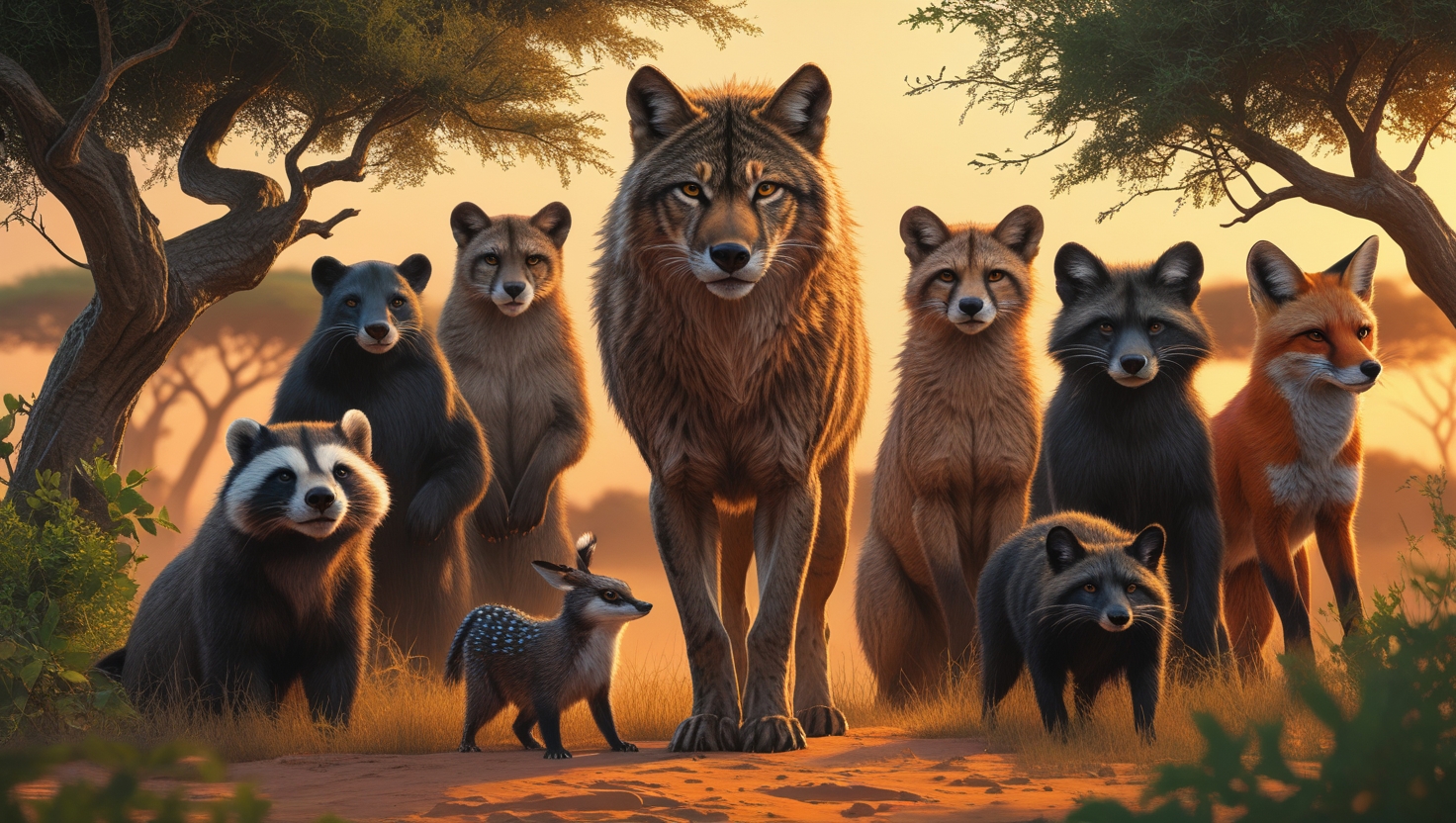
Wild and Independent: Meet 10 Animals That Travel Alone
In the intricate web of the animal kingdom, there are those that thrive in packs or herds, relying on communal strength for survival. Yet, amidst this collective camaraderie, there exists a remarkable group of creatures that choose solitude over society. These solitary travelers embody resilience, self-reliance, and independence, capturing our imagination with their wild and free-spirited lifestyles. Let us dive into the world of such fascinating creatures as we explore "10 Animals That Travel Alone."
1. The Snow Leopard: The Ghost of the Mountains
The snow leopard, often referred to as the "ghost of the mountains," roams the high-altitude regions of Central and South Asia. Preferring the isolation of rugged terrains, these majestic cats are elusive and rarely seen. Their solitary nature is a strategy for survival, reducing competition for food in the harsh environments they call home.
Habitat: Mountain ranges, including the Himalayas and the Altai Mountains.
Reason for Solitude: Scarcity of prey and territorial instincts.
2. The Giant Anteater: A Lone Forager
Giant anteaters traverse the grasslands and forests of Central and South America, using their long snouts and sticky tongues to feast on ants and termites. They travel alone, relying on their sharp claws and keen sense of smell to navigate their solitary journeys.
Habitat: Grasslands, rainforests, and savannas.
Reason for Solitude: Independent foraging habits and minimal social structure.
3. The Platypus: An Aquatic Eccentric
The platypus, a unique and enigmatic creature, thrives in the waterways of Australia. Known for its unusual combination of traits, including a duck-bill and webbed feet, the platypus prefers a solitary life, venturing out alone to hunt for crustaceans and insect larvae.
Habitat: Rivers, streams, and lakes in Australia.
Reason for Solitude: Territorial tendencies and nocturnal habits.
4. The Polar Bear: A Lone Arctic Wanderer
Polar bears, the apex predators of the Arctic, are solitary by nature, except during mating season or when females are raising cubs. Their independence allows them to cover vast distances across ice and water in search of seals, their primary prey.
Habitat: Arctic tundra and sea ice.
Reason for Solitude: Hunting efficiency and territorial behavior.
5. The Koala: A Solo Tree Dweller
Koalas, often mistaken for bears, spend their lives perched in eucalyptus trees across Australia. These marsupials maintain solitary lifestyles to avoid competition for food and to establish their territories.
Habitat: Eucalyptus forests.
Reason for Solitude: Limited food resources and territoriality.
6. The Tiger: A Majestic Loner
Tigers, the largest members of the cat family, are iconic symbols of strength and independence. These powerful predators mark and defend large territories, ensuring they have sufficient prey to sustain their solitary existence.
Habitat: Forests, grasslands, and swamps in Asia.
Reason for Solitude: Territorial instincts and predatory needs.
7. The Black Rhinoceros: A Stoic Grazer
The black rhinoceros is known for its solitary and territorial nature. Found in the grasslands and savannas of Africa, these massive herbivores prefer to graze alone, relying on their keen sense of smell and sharp hearing to navigate their surroundings.
Habitat: Grasslands and savannas in sub-Saharan Africa.
Reason for Solitude: Aggressive territoriality and grazing patterns.
8. The Pangolin: The Armored Nomad
Pangolins, covered in protective keratin scales, are solitary nocturnal creatures. They traverse forests and grasslands in search of ants and termites, using their strong claws to break into insect nests.
Habitat: Forests and savannas in Africa and Asia.
Reason for Solitude: Feeding habits and nocturnal lifestyle.
9. The Cuttlefish: A Solitary Marine Marvel
Cuttlefish, known for their incredible ability to change color and texture, are solitary hunters in the ocean. These intelligent cephalopods use their camouflaging skills to ambush prey and evade predators.
Habitat: Coastal waters and coral reefs.
Reason for Solitude: Predatory efficiency and self-reliance.
10. The Wolverine: The Fierce Wanderer
Wolverines, small but mighty carnivores, traverse vast, snowy territories in search of food. Known for their strength and determination, these solitary creatures are capable of taking down prey much larger than themselves.
Habitat: Boreal forests and tundras of the Northern Hemisphere.
Reason for Solitude: Wide-ranging hunting patterns and territorial behavior.
Conclusion
The animal kingdom is a diverse and wondrous realm, showcasing countless strategies for survival. The ten creatures featured here exemplify the beauty and resilience of solitary life, each adapted to thrive on its own in challenging environments. These independent travelers remind us of the strength found in solitude and the freedom that comes with self-reliance. Whether scaling mountains, roaming vast plains, or navigating oceans, these animals teach us that sometimes, the best journeys are those taken alone.













